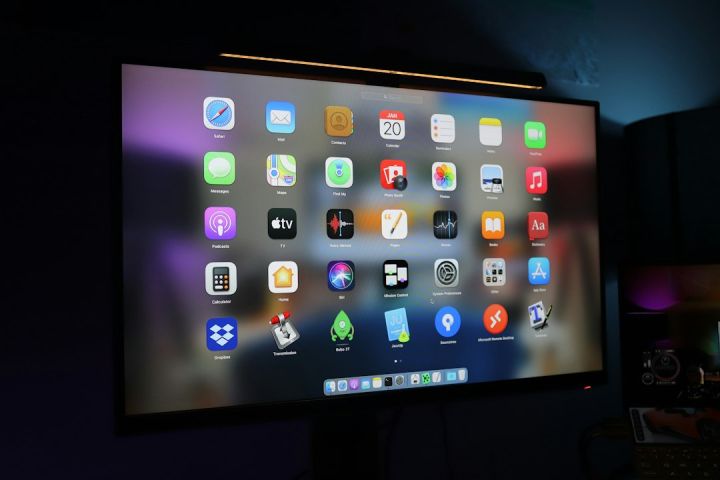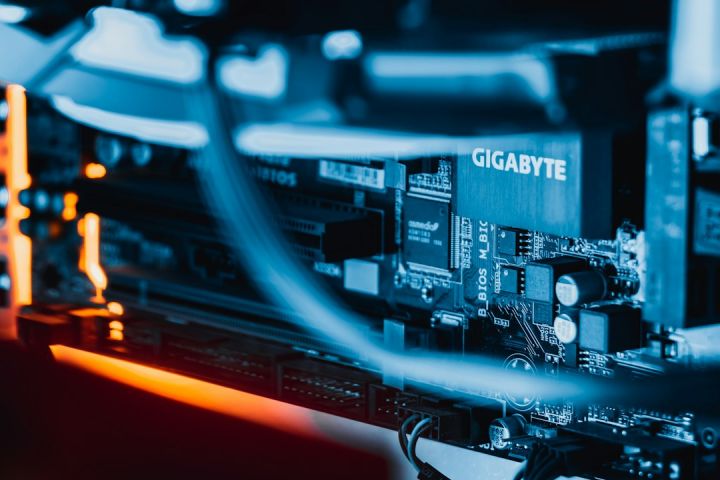What Are the Challenges of Legacy System Integration with Modern Tech?
In today’s rapidly evolving technological landscape, businesses are constantly looking for ways to stay competitive and improve efficiency. One common strategy is to integrate modern technology with legacy systems, which are the outdated systems that many organizations still rely on. However, this integration is not without its challenges. In this article, we will explore some of the key difficulties that businesses face when trying to integrate legacy systems with modern tech.
1. Outdated Infrastructure
One of the primary challenges of integrating legacy systems with modern technology is the outdated infrastructure that these systems often have. Legacy systems were typically built using older programming languages and architectures that are not compatible with modern technology. This can make it difficult to connect these systems with newer software and applications.
2. Lack of Documentation
Another challenge is the lack of documentation that often accompanies legacy systems. Over the years, as employees have come and gone, important information about how these systems work may have been lost or forgotten. This lack of documentation makes it challenging for IT teams to understand how the legacy systems function and how they can be integrated with modern tech.
3. Compatibility Issues
Compatibility issues are a common obstacle when integrating legacy systems with modern technology. Legacy systems may not be designed to work with newer systems, leading to issues with data transfer and communication. This can result in data loss, errors, and delays in processing information. Ensuring compatibility between legacy systems and modern tech is a complex task that requires careful planning and execution.
4. Security Risks
Legacy systems are often more vulnerable to security threats compared to modern technology. They may lack the necessary security features and updates to protect against hacking and other cyber threats. Integrating these systems with modern tech can potentially expose them to even more security risks. IT teams must carefully assess the security implications of integrating legacy systems and take appropriate measures to mitigate these risks.
5. Cost and Time Constraints
Integrating legacy systems with modern technology can be a costly and time-consuming process. The complexities involved in connecting these systems, resolving compatibility issues, and ensuring data integrity can lead to significant expenses and delays. Additionally, the need for specialized expertise to work with legacy systems may further increase costs and time constraints.
6. Resistance to Change
Resistance to change is another challenge that organizations face when integrating legacy systems with modern tech. Employees who have been accustomed to working with the legacy systems may be resistant to adapting to new technologies. This resistance can hinder the integration process and make it more difficult to achieve the desired outcomes.
In conclusion, integrating legacy systems with modern technology presents various challenges for businesses. These challenges include outdated infrastructure, lack of documentation, compatibility issues, security risks, cost and time constraints, and resistance to change. Despite these difficulties, businesses can overcome them with careful planning, expertise, and a focus on the long-term benefits of integration. By addressing these challenges head-on, organizations can unlock the potential of their legacy systems and leverage modern technology to drive innovation and growth.






